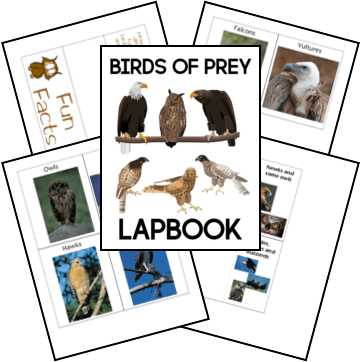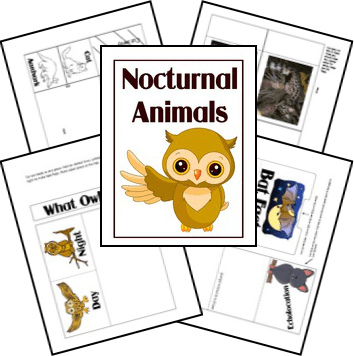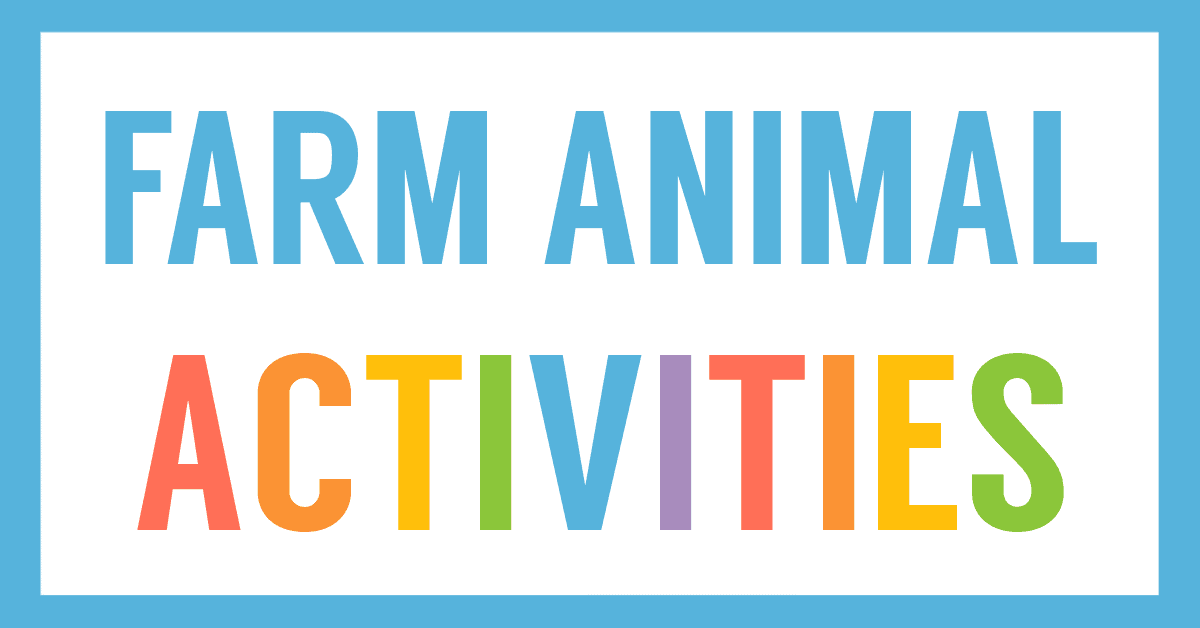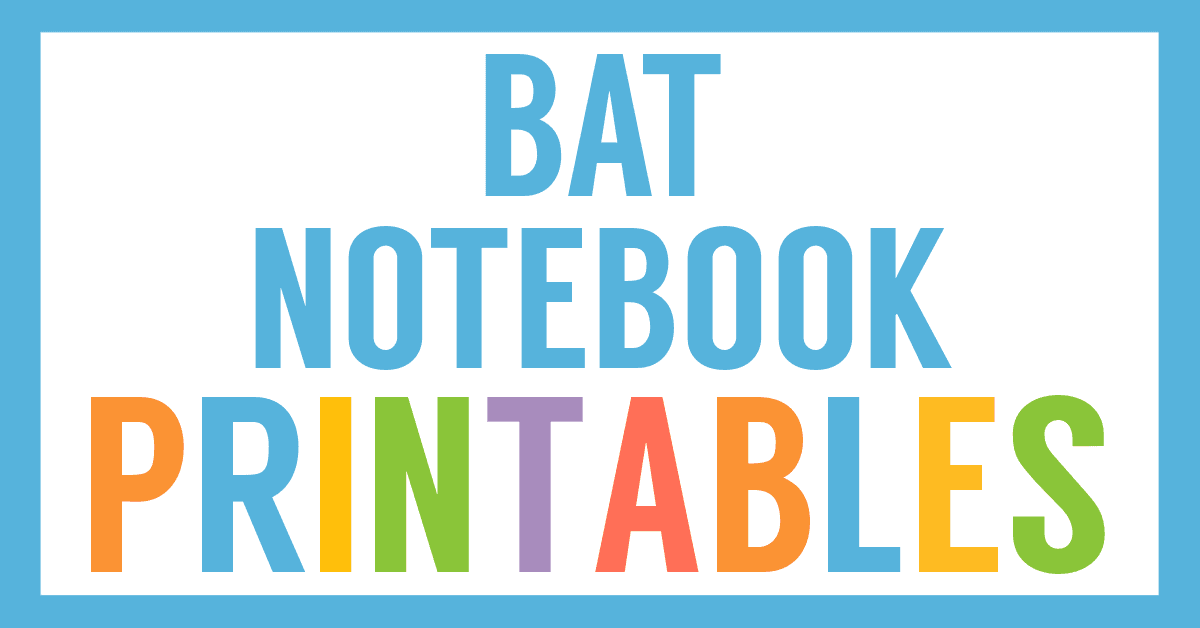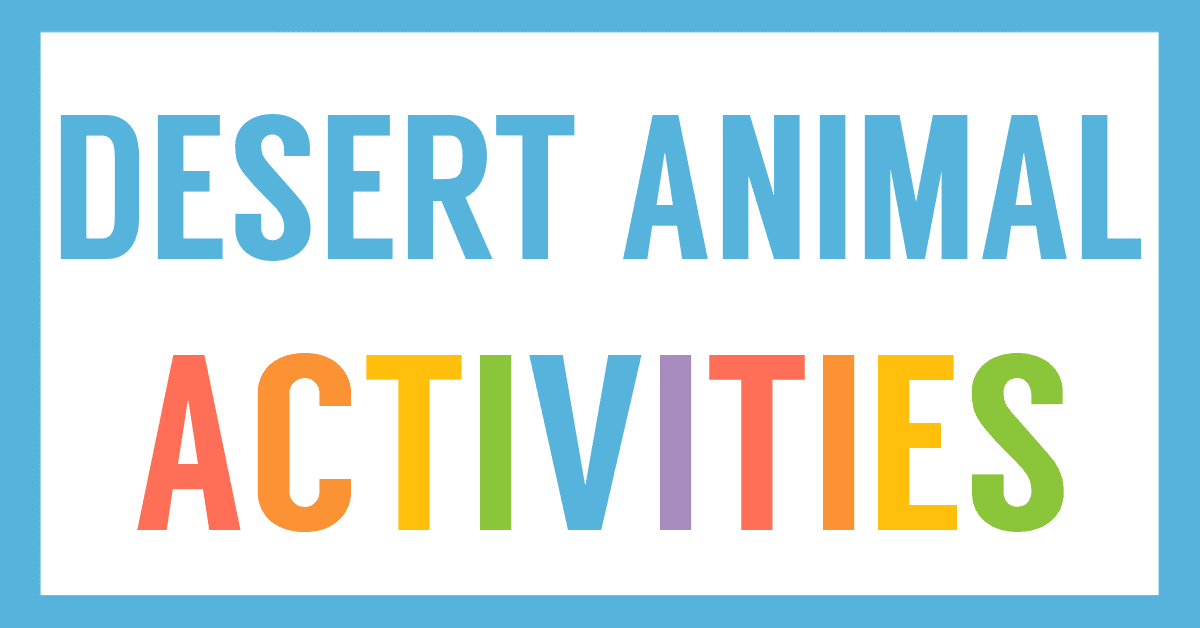Affiliate Disclaimer
We sometimes use affiliate links in our content. This won’t cost you anything, but it helps us to keep the site running. Thanks for your support.
Birds of prey have amazing flight skills and amazing hunting skills. They are fast and fierce, and they are a great choice for an animal study. Grab our free Birds of Prey Lapbook and start learning about these fascinating birds.
Thanks to Tina Franks for creating this Birds of Prey Lapbook and sharing it with Homeschool Share.
Birds of Prey Lapbook Information
Here are some sample lessons from the Birds of Prey Lapbook:
Day Hunters vs. Night Hunters
There are many different kinds of birds that are considered birds of prey (over 400!) but they can be grouped into several main types of birds. The day hunters are mostly eagles, hawks, ospreys, falcons and vultures. The night hunter category consists mainly of owls.
Birds of Prey: Diet
The main prey of birds of prey are rats, mice, insects, birds, snakes, fish and other vermin. Sometimes they do go after larger animals such as rabbits and small farm animals.
Flight Facts
All birds fly in two ways. First, they flap their wings. In order for them to be able to fly while carrying prey, birds of prey have very strong flight muscles. The primary flight muscles are attached to the bird’s breastbone. These are the muscles that do most of the work when the bird hovers, takes off, maneuvers and lands. Second, they glide. Older children may wish to investigate a bird’s use of thermals in flight.
Birds of Prey: Families
Birds of prey are usually considered to be excellent parents and a large amount of their hunting is done to feed their offspring. Not all birds of prey mate for life. The amount of time they stay together depends on how many seasons they’ll have to spend raising their young. Condors usually do mate for life, or a really long time at least. Smaller birds only mate for a season or two.
Their eggs vary in all aspects: size, shape color and texture. Most species lay somewhere between 1 and 4 eggs. Certain owls can lay up to 12, provided there is enough food available. Larger birds, though, rarely lay more than 2, probably because their young will require much more food. Mom keeps the eggs warm until they hatch and, while she’s doing that, dad does the hunting for them both.
Nests can be found in many places; usually parents choose locations that can best protect their young. Many owls build their nests in holes in trees, though some prefer holes in the ground (the burrowing owl) and the elf owl builds its nest in a giant cactus. Other birds of prey more commonly build their nests high up in the trees.
You can grab a copy of the entire Birds of Prey Lapbook in an easy-to-print file at the end of this post.
Birds of Prey Lapbook Printables
In addition to the research and lessons, the Birds of Prey Lapbook file also includes the following mini-books for your student’s lapbook:
- Birds of Prey and Their Wings Side by Side Book
- Which Bird of Prey Does Not Catch Its Food? Simple Fold
- Skeleton Facts Accordion
- Bird Families Layer Book
- Predatory Matchbook
- Prey Matchbook
- Birds of Prey Cards & Pocket
- Birds of Prey Fun Facts Flap Book
- Flight Facts Shutterfold
- Endangered Envelope Fold
- Birds of Prey Diet Simple Fold
- Why Are They Called Birds of Prey? Matchbook
- Day Hunters vs. Night Hunters Split Matchbook
- Birds of Prey Anatomy Fan
How to Get Started with Your Birds of Prey Lapbook
Follow these simple instructions to get started with the Birds of Prey Lapbook.
- If you want, go to your local library and check out books about hawks, eagles, owls, ospreys, and falcons.
- Print the Birds of Prey Lapbook.
- Choose and prepare the mini-books you want to use with your student.
- Enjoy a week of reading and learning all about birds of prey.
Download Your Birds of Prey Lapbook
Simply click on the image below to access your free Birds of Prey Lapbook.
Explore Our Other Animal Lapbooks
Check out some of these other animal lapbooks.

